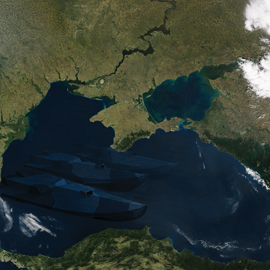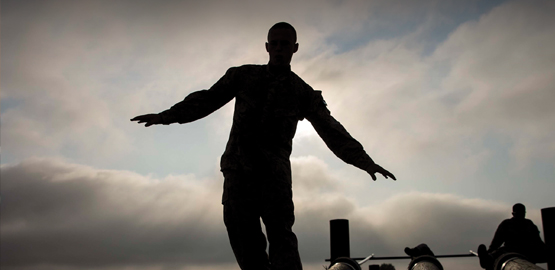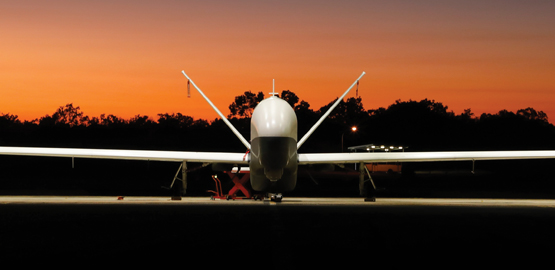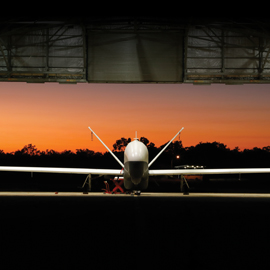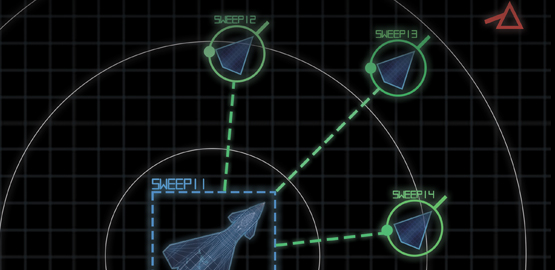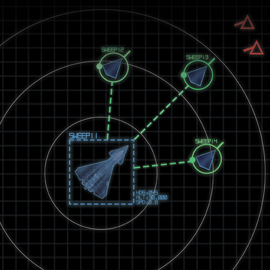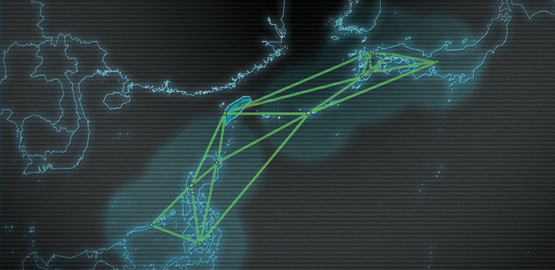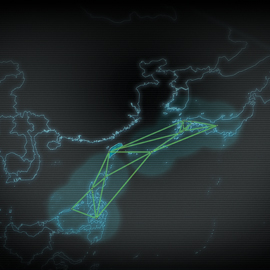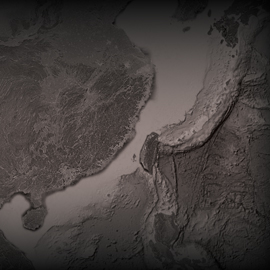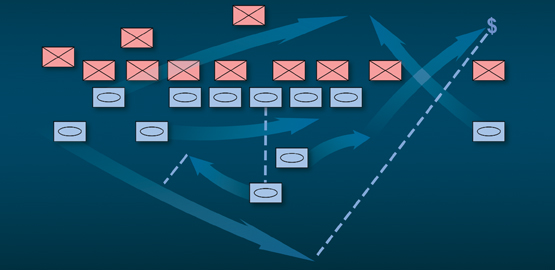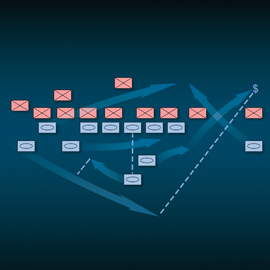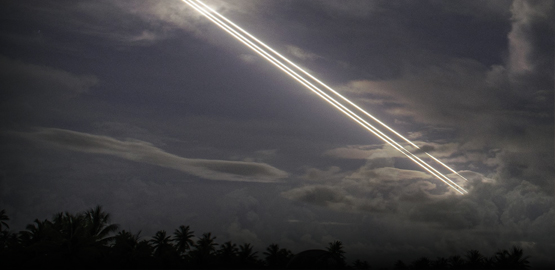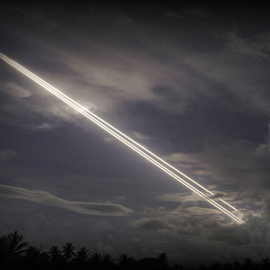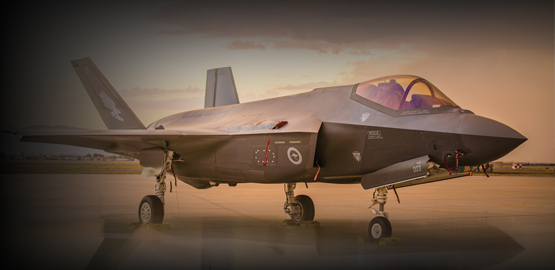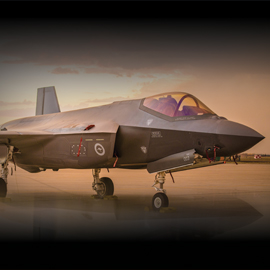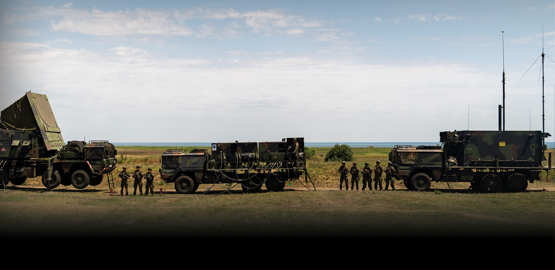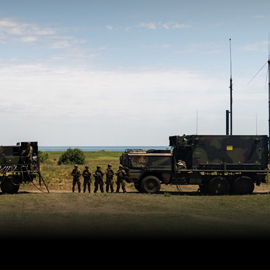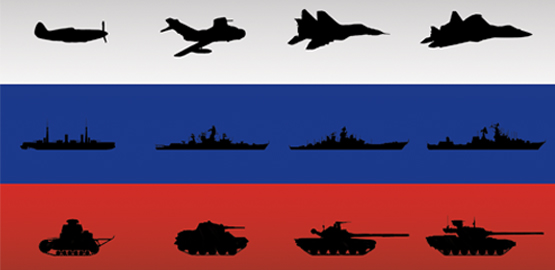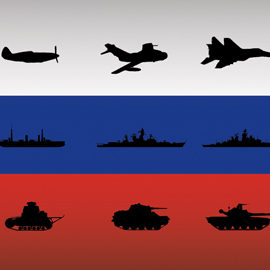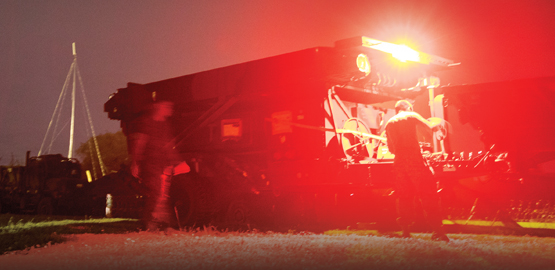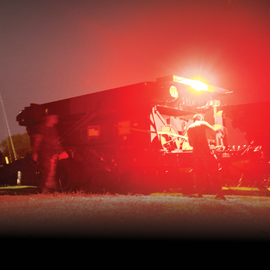Publications
"Nobody does defense policy better than CSBA. Their work on strategic and budgetary topics manages to combine first-rate quality and in-depth research with timeliness and accessibility—which is why so many professionals consider their products indispensable." – Gideon Rose, Editor of Foreign Affairs, 2010-2021
To Preserve Extended Nuclear Deterrence in Europe an American Should be SACEUR
Recent press reports suggest that Pentagon leaders are considering a dramatic organizational change: relinquishing the traditional U.S. role of providing NATO with its Supreme Allied Commander (SACEUR). This would be deeply unwise and potentially dangerous for the United States, as well as for our European allies. Since December 1950, when General Dwight D. Eisenhower became the first Supreme Allied Commander of the newly created North Atlantic Alliance, the position has been filled by an American. This is not spelled out in any formal document. Rather, it is a norm that has been honored by the Alliance for almost 80 years because the United States is the alliance’s strongest member. It also serves as an important sign of Washington’s commitment to European defense. And it underpins the forward deployment of U.S. nuclear weapons on the territory of select European NATO members, which remains central to extended deterrence.
Understanding NATO’s Concept for Deterrence and Defense of the Euro-Atlantic Area
NATO, the largest and most powerful military alliance in history, turned seventy-five in April. In July, the leaders of NATO will return to the city where its founding document, the Washington Treaty, was signed in 1949. Most people have heard of NATO. Fewer know its most important document is the Strategic Concept, which is updated every decade or so, and sets the Alliance’s strategy. An even smaller group know about NATO’s “Concept for Deterrence and Defence of the Euro-Atlantic Area.”
2023 Annual Report
For nearly three decades, CSBA has provided consistent, high-quality, and innovative research on defense strategy, budgets, and the security environment.
An Ongoing and Necessary Renaissance: NATO’s Nuclear Posture
President Putin’s nuclear saber-rattling while the war in Ukraine has raged, along with lurid nuclear threats by Russian officials and propagandists, have once again focused attention on NATO’s nuclear mission. As the alliance approaches a summit in Washington later this summer, it is an appropriate time to review its nuclear posture.
2022 Annual Report
For nearly three decades, CSBA has provided consistent, high-quality, and innovative research on defense strategy, budgets, and the security environment.
Big Centralization, Small Bets, and the Warfighting Implications of Middling Progress: Three Concerns about JADC2’s Trajectory
Warfare has always been a contest of incomplete information and imperfect control, with each side straining to find the enemy in an unfavorable position and coordinate his destruction. Although the technologies used to surveil, communicate, and attack have changed throughout history, the advantages gained from scouting and synchronizing more effectively than one’s opponent have endured. Stripped of its jargon, the Joint All-Domain Command and Control (JADC2) vision of integrating sensors and shooters comprises merely the latest Pentagon effort to provide U.S. forces with the timeless military advantages of superior information and control. This basic thrust of JADC2 represents a vital objective worth pursuing – even if the idealized outcome, fully integrated C2, likely remains as unattainable today as when the epigram appeared 60 years ago.

